Archaeology South-East publishes major sites and research in a monograph series under the SpoilHeap publications imprint. Buy hard copies or download some texts for free below!
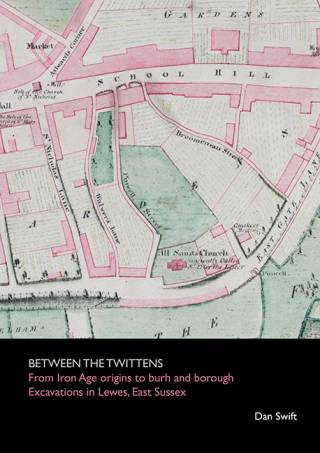 BETWEEN THE TWITTENS: From Iron Age origins to burh and borough. Excavations in Lewes, East Sussex
BETWEEN THE TWITTENS: From Iron Age origins to burh and borough. Excavations in Lewes, East Sussex

DAN SWIFT (2023)
This volume presents the findings from four urban excavations undertaken within the historic core of Lewes in East Sussex, between 2004 and 2008. It charts Lewes’ evolution from a Late Saxon burh (fortress) to a thriving high medieval urban centre at the head of the newly formed Rape of Lewes, and on through late medieval and early post-medieval times as County Town of Sussex, placing the archaeology of Lewes within the wider historical context of English settlements and towns.
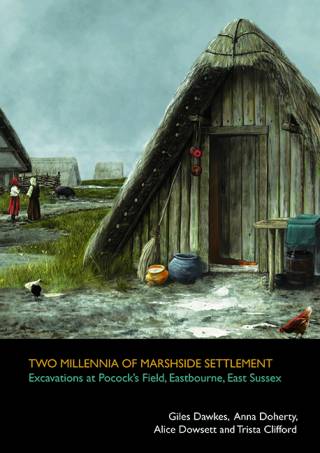 TWO MILLENNIA OF MARSHSIDE SETTLEMENT: Excavations at Pocock’s Field, Eastbourne, East Sussex
TWO MILLENNIA OF MARSHSIDE SETTLEMENT: Excavations at Pocock’s Field, Eastbourne, East Sussex

Giles Dawkes, Anna Doherty, Alice Dowsett and Trista Clifford (2023)
This marshside excavation, at the juncture of the South Downs and Willingdon Levels, revealed evidence that it was home to communities that exploited and interacted with these two different landscapes from the early prehistoric to the post-medieval period.
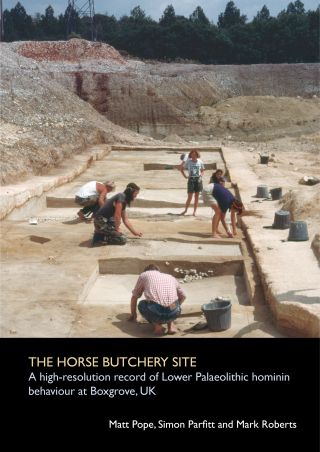 THE HORSE BUTCHERY SITE: A high resolution record of Lower Palaeolithic hominin behaviour at Boxgrove, UK
THE HORSE BUTCHERY SITE: A high resolution record of Lower Palaeolithic hominin behaviour at Boxgrove, UK

Matt Pope, Simon Parfitt and Mark Roberts (2020)
The Boxgrove Horse Butchery Site represents a significant discovery, preserving a single landsurface associated with tight clusters of flint artefacts and the butchered remains of a large female horse, sealed under intertidal silts. This volume presents the first integrated analysis of this exceptional site. It documents the evidence used to reconstruct activities including biface manufacture, defleshing of bones, marrow extraction and the production of bone tools.
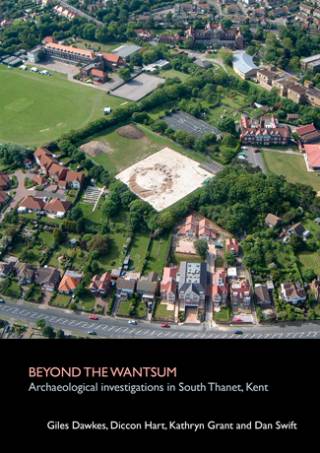 BEYOND THE WANTSUM: Archaeological investigations in South Thanet, Kent
BEYOND THE WANTSUM: Archaeological investigations in South Thanet, Kent

Giles Dawkes, Diccon Hart, Kathryn Grant and Dan Swift (2019)
Between 2005 and 2013, Archaeology South-East undertook four excavations on the southern part of the Isle of Thanet, Kent. The sites fall broadly into two divisions, along geographic and thematic lines: the Bradstow School and Hereson School sites in Broadstairs were located on prehistoric round barrows and their associated features; and the Manston Road and St Lawrence College sites in Ramsgate largely had evidence of prehistoric to medieval rural land use, including burial and settlement.
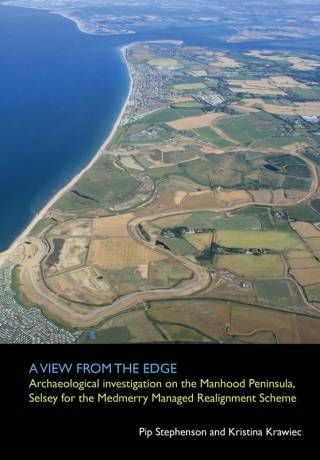 A VIEW FROM THE EDGE: Archaeological Investigation on the Manhood Peninsula, Selsey for the Medmerry Managed Realignment Scheme
A VIEW FROM THE EDGE: Archaeological Investigation on the Manhood Peninsula, Selsey for the Medmerry Managed Realignment Scheme

Pip Stephenson and Kristina Krawiec (2019)
Between 2010-2013, the Environment Agency undertook the managed realignment of the coastline at Medmerry. The project is the largest open-coast flood relief scheme undertaken in Europe and impacted on upwards of 60ha of landscape with rich archaeological potential. The opportunity for archaeological research offered by the scheme has provided a window into the evolution of this distinctive coastal landscape from the earliest period of archaeologically visible human settlement in the Bronze Age through to the modern era.
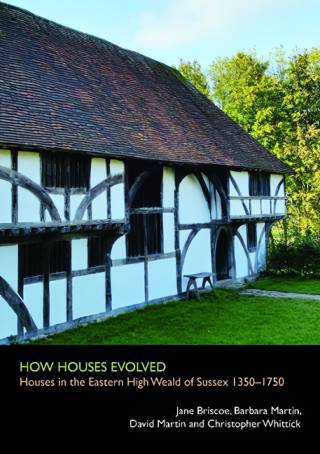 HOW HOUSES EVOLVED: Houses of the Eastern High Weald of Sussex 1350–1750
HOW HOUSES EVOLVED: Houses of the Eastern High Weald of Sussex 1350–1750

Jane Briscoe, Barbara Martin, David Martin and Christopher Whittick (2018)
A synthetic analysis of the plan-form and design features of the houses of eastern Sussex. Based on 50 years of study, comparing and contrasting them through time, across different settlement types, and throughout the entire social spectrum, with the aim of understanding the evolution of the house as a home in this region.
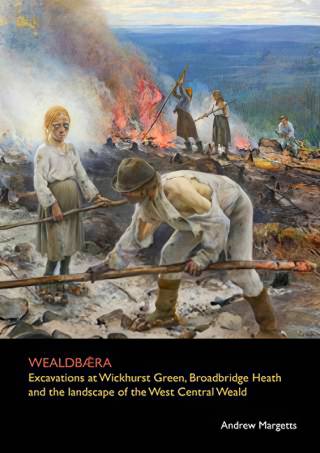 WEALDBǢRA: Excavations at Wickhurst Green, Broadbridge Heath & The Landscape of The West Central Weald
WEALDBǢRA: Excavations at Wickhurst Green, Broadbridge Heath & The Landscape of The West Central Weald

Andrew Margetts (2018)
Extensive excavations, carried out between 2007 and 2015, uncovered important remains dating from the Mesolithic to post-medieval periods at Wickhurst Green, Broadbridge Heath, providing the first real opportunity to archaeologically explore the Weald on a landscape scale. The site was home to hunter-gatherers, Iron Age pastoralists, funerary monuments, Roman agriculture and industry. The work aims to set the results of this developer-funded site within its broader landscape context.
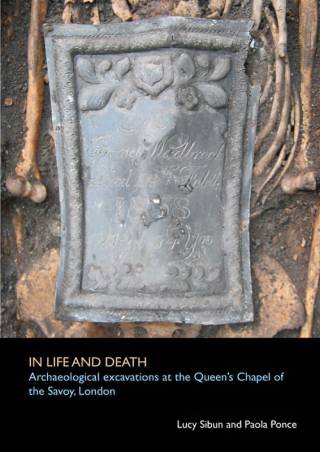 IN LIFE AND DEATH: Archaeological Excavations at The Queen's Chapel Savoy, London
IN LIFE AND DEATH: Archaeological Excavations at The Queen's Chapel Savoy, London

Lucy Sibun and Paola Ponce (2018)
Excavations carried out within the burial ground of the Queen’s Chapel of the Savoy, City of Westminster, London in 2011 provided a unique opportunity to examine the archaeological and historical development of this fascinating location. This was the site of Henry VII’s 16th century hospital for the poor, which was converted into a military hospital in the 17th century, the barracks and prison of the Foot Guards in the 18th century and redeveloped for civilian use in the 19th century. The associated burial ground was utilised throughout the life of the buildings and beyond, until the final burial in 1854.
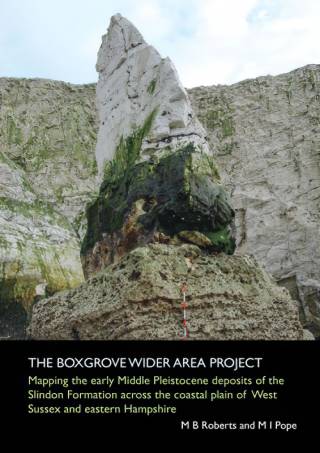 THE BOXGROVE WIDER AREA PROJECT: Mapping the early Middle Pleistocene deposits of the Slindon Formation across the coastal plain of West Sussex and eastern Hampshire
THE BOXGROVE WIDER AREA PROJECT: Mapping the early Middle Pleistocene deposits of the Slindon Formation across the coastal plain of West Sussex and eastern Hampshire

M. B. Roberts and M. I. Pope (2018)
The Boxgrove site is one of the most important localities in the world for studying the archaeology, geology and palaeoenvironments of the Lower Palaeolithic, during the early Middle Pleistocene. The Boxgrove Wider Area Project recorded the surviving marine and terrestrial sediments of the Slindon Formation, which contain the Palaeolithic in situ landsurfaces, over an east-west distance of 26km between Westbourne and Arundel, 15.5km of which has the potential to preserve archaeological material in a sedimentary sequence similar to that at the Boxgrove site.
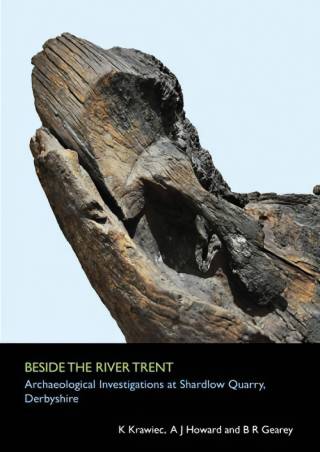 BESIDE THE RIVER TRENT: Archaeological Investigations at Shardlow Quarry, Derbyshire.
BESIDE THE RIVER TRENT: Archaeological Investigations at Shardlow Quarry, Derbyshire.

K. Krawiec, A. J. Howard and B. R. Greary (2017)
Between 1998 and 2009 archaeological investigations at Shardlow Quarry, Derbyshire were carried out by Birmingham Archaeology, Trent and Peak Archaeology and Northamptonshire Archaeology. These investigations revealed the complex fluvial and archaeological context of the River Trent. In particular the discovery of two Bronze Age logboats and associated metalwork, including swords and axes, demonstrated that far from being a marginal area the site was an important focus for a range of activities in the prehistoric period.
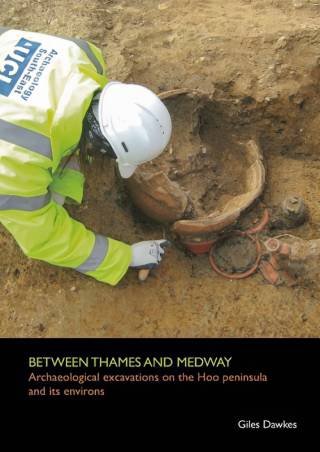 BETWEEN THAMES AND MEDWAY: Archaeological Excavations on The Hoo Peninsula & Its Environs.
BETWEEN THAMES AND MEDWAY: Archaeological Excavations on The Hoo Peninsula & Its Environs.

Giles Dawkes (2017)
Three large-scale excavations in north-west Kent - two on the Hoo peninsula and one south of Gravesend – uncovered evidence of human activity from the Mesolithic through to the 20th century. The two former, Damhead Creek power station and Isle of Grain–Shorne gas transmission pipeline, are the largest archaeological investigations undertaken to date on the Hoo peninsula, affording a unique opportunity to challenge previous assumptions and broaden the archaeological narrative.
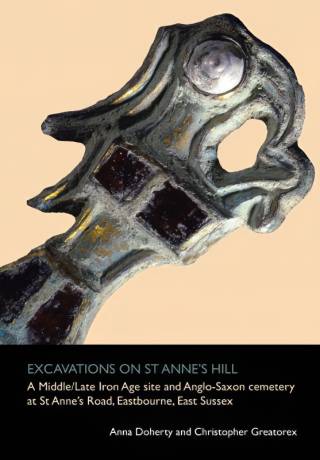 EXCAVATIONS ON ST ANNE'S HILL: A Middle/Late Iron Age site and Anglo-Saxon cemetery at St Anne’s Road, Eastbourne, East Sussex.
EXCAVATIONS ON ST ANNE'S HILL: A Middle/Late Iron Age site and Anglo-Saxon cemetery at St Anne’s Road, Eastbourne, East Sussex.

Anna Doherty and Christopher Greatorex (2016)
Archaeological investigations, undertaken in 1997 and 1998, revealed further evidence of an important multi-period site located on the crest and south-east-facing slope of St Anne’s Hill, Eastbourne, East Sussex. Around 100 Middle/Late Iron Age storage pits were uncovered: many more than any other non-hillfort site in Sussex and with evidence that grain processing as well as storage may have been carried out at the site. Almost certainly connected are secondary religious offerings deposited within the pits. Soon after the Roman conquest there was a major reorganisation of the landscape with a new field-system and trackway, perhaps as a result of the foundation of villa estates in the area. In the 5th century an Early Anglo-Saxon cemetery was established on the hill, with 193 graves and 11 urned cremations recorded during these excavations. These ranged in date from the 5th and 6th centuries to the 7th century and the accompanying grave goods suggest a community mixed in character.
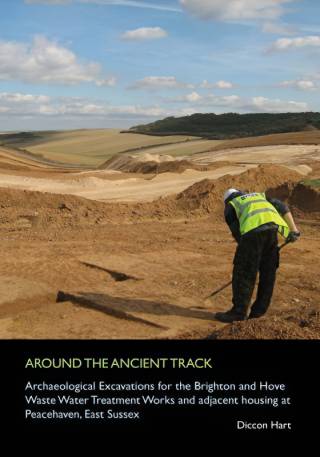 AROUND THE ANCIENT TRACK: Archaeological Excavations for the Brighton and Hove Waste Water Treatment Works and adjacent housing at Peacehaven, East Sussex.
AROUND THE ANCIENT TRACK: Archaeological Excavations for the Brighton and Hove Waste Water Treatment Works and adjacent housing at Peacehaven, East Sussex.

Diccon Hart (2015)
This volume presents the findings of a series of large-scale excavations to the north-east of Peacehaven, East Sussex. The excavations amounted to some 36.2 hectares and provided a rare opportunity to examine prehistoric and Roman land-use in the South Downs on an unprecedented scale. Key findings include a large group of Early Neolithic pits, an extensive Later Neolithic and Early Bronze Age monumental landscape, Middle Bronze Age settlement, Later Bronze Age field systems and a rare D-shaped building, Iron Age buildings and enclosure system, and an early Roman farmstead.
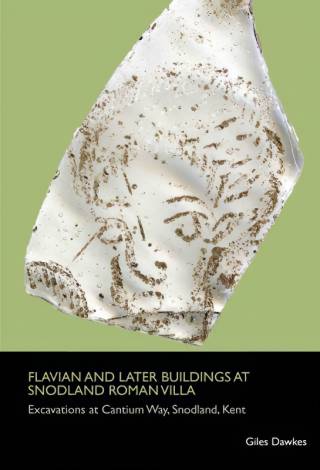 FLAVIAN AND LATER BUILDINGS AT SNODLAND ROMAN VILLA: excavations at Cantium Way, Snodland, Kent
FLAVIAN AND LATER BUILDINGS AT SNODLAND ROMAN VILLA: excavations at Cantium Way, Snodland, Kent

Giles Dawkes (2015)
Following the discovery of a hoard of 3600 Roman coins, a large-scale excavation was undertaken to the west of the main Snodland villa, at the interface between outer buildings and agricultural land. A series of field systems and pits, as well as a distinctive concentric building with masonry foundations, timber buildings, and a small cemetery were uncovered. The large assemblages of material culture and ecofacts are presented including significant Neronian building material from an unlocated bath house.
Printed versions of this volume are no longer available, please download a digital version below.
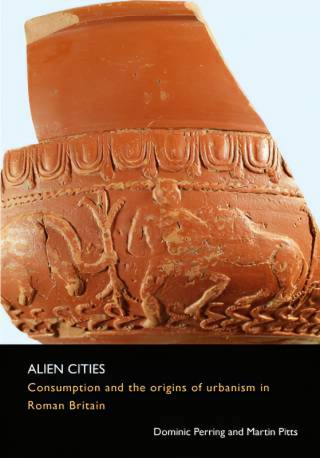 ALIEN CITIES: Consumption and the origins of urbanism in Roman Britain
ALIEN CITIES: Consumption and the origins of urbanism in Roman Britain

Dominic Perring and Martin Pitts (2013)
This book examines the economic and social impact of early Roman towns on the landscape of south-east Britain. Utilising the unusually rich database generated by rescue excavations in the region dominated by Colchester and London, it asks how the creation of these cities affected rural landscapes and communities in the first 200 years of Roman administration and control. In addressing these questions the authors hope to give impulse to improvements in the ways that archaeological data are collected, described and disseminated. The methodological focus of the volume involves comparing the evidence for past patterns of consumption, as represented by archaeological finds assemblages from urban and rural sites – comprising coins, pottery, animal bones and other artefacts.
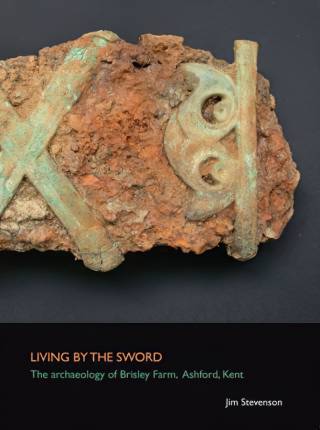 LIVING BY THE SWORD: the archaeology of Brisley Farm, Ashford, Kent
LIVING BY THE SWORD: the archaeology of Brisley Farm, Ashford, Kent

Jim Stevenson (2013)
This volume presents the findings of ten archaeological sites investigated at Brisley Farm, Chilmington Green and nearby site, ChristChurch CE High School, Ashford, Kent, excavated between 1998 and 2009. Evidence for activity ranges from the Mesolithic through to the early post-medieval periods, with a focus on the development from a Bronze Age through to medieval landscape. At its height, in the Late Iron Age, Brisley Farm was the focus for an exceptional settlement including ritual elements and two internationally significant warrior burials, which are the latest known from Britain.
 Close
Close

